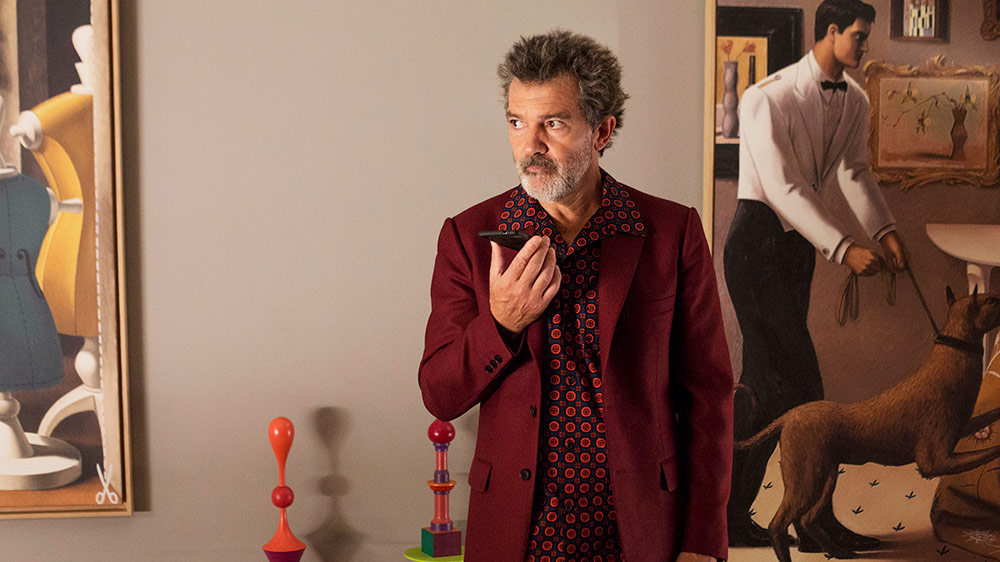A rumination on youth, success, relationships, paralysis and fading, Pain and Glory offers a poignant insight into the life of an acclaimed, aging director. Pedro Almodóvar directs Antonio Banderas in a self-modelled role to explore with great subtlety the reflectiveness evoked when an individual’s physical impasse is reached.
Suffering from a myriad of maladies – migraines, back injuries, depression and choking on air – Salvador (Banderas) morosely attempts to live his life under the constant constraints of medication and a painful inability to create. We meet him submerged in a pool, presumably for therapeutic reasons. Alarmingly, the shot is extended for a few moments too long and Salvador closes his eyes in seeming defeat. As he drifts off, an idyllic scene from his childhood rises to the surface. Young Salvador (Asier Flores) frolics on a creek bed as his mother (Penélope Cruz) washes clothes and sings with other women.
These flashbacks occur often throughout the film, especially as Salvador begins to smoke heroin on a frequent basis as a way to escape his current reality. The stupor he experiences is a gateway for us to delve into the pre-adolescent formative years of the character. His devotion to his mother, self- education and sexual awakening are all presented as semi self-contained vignettes which offer a depth of understanding of Salvador’s complexity a straight narrative film could not have delivered.
In the present day, Salvador is gently pulled in a number directions. Despite his frustration at his lack of recent creation, he is surrounded by creativity which leads to a resurgence of extinguished relationships. One of his earliest films, ‘Sabor’, has been deemed a classic and a when film festival requests a Q & A session with the director and the lead actor Alberto (Asier Etxeandia), Salvador is forced to confront the drama which has splintered the pair’s friendship for decades. Alberto, an unruly drug-dependent actor who is starkly aware that the best years of his career are behind him, cautiously allows the friendship to rekindle. When he finds a short story written by Salvador titled ‘Addiction’, he begs to perform it as a monologue. It is this powerful performance which brings ex-lover Frederico (Leonardo Sbaraglia) back into his life, closing a chapter which had a profound impact on Salvador and his creative work.

Paintings also take precedence in Pain and Glory, with Salvador living amongst grandiose modern art in an almost-replica of Almodóvar’s own apartment. The idea of art existing to be viewed by a wide audience rather than an individual is raised a number of times, especially when a painting from Salvador’s childhood resurfaces in an obscure art gallery. The long-lasting and profound impact art can have on the course of a life is interwoven throughout the film to resolutely solidify the importance of artistic creation in society.
Delicately balancing drama and mundanity, pain and glory, Almodóvar exercises considerable restraint in creating this masterpiece of reflective film. With its powerful yet subtle storylines, Pain and Glory will undoubtedly become a hallmark of Spanish cinema.
Fun Fact:
Pedro Almodóvar’s eighth collaboration with Antonio Banderas and his sixth with Penélope Cruz. Pain and Glory (2019) marks his second collaboration with both of them together, the first being I’m So Excited! (2013).




COMMENTS